Science Based Targets Network
A collaboration of global non-profits translating the latest interdisciplinary science into targets for companies and cities.
Visit project website
A collaboration of global non-profits translating the latest interdisciplinary science into targets for companies and cities.
Visit project websiteThese targets, and the associated guidance enable companies and cities to become better stewards of the global commons by operating within Earth’s limits, while also meeting society’s needs. As the risks of the climate and environmental crises come into ever sharper view, business leaders and politicians are calling for a rigorous, practical standard to enable companies and cities to take ambitious, measurable action towards safeguarding the future.
To help companies adopt a roadmap for integrated action on nature and climate, SBTN compliments, and builds upon, science-based targets for climate (Science Based Targets initiative) with hubs focusing on freshwater, land, biodiversity, and the ocean. SBTN is working with NGOs, business and governments at different levels to pilot industry and place-based (jurisdictional) approaches.
Science Based Targets enable companies to take direct aim at the key pressures of nature loss including climate change.
Setting, implementing and tracking progress on science-based targets for nature is a 5-step process. But first, start by reviewing SBTN’s interactive guidance for companies.
Prioritize areas where action has the biggest overall impact, from your operations and value chain to the landscapes surrounding your value chain.
Collect baseline data for your priority targets and locations, set targets for freshwater, land and climate (via SBTi). Throughout the process, track and report on progress and disclose this publicly.
Methodologies and tools for this step are still in development, but you can follow the Action Framework today: Avoid; Reduce; Restore & Regenerate; and Transform.
Monitor your progress, adapt your strategy if necessary and report your progress publicly.